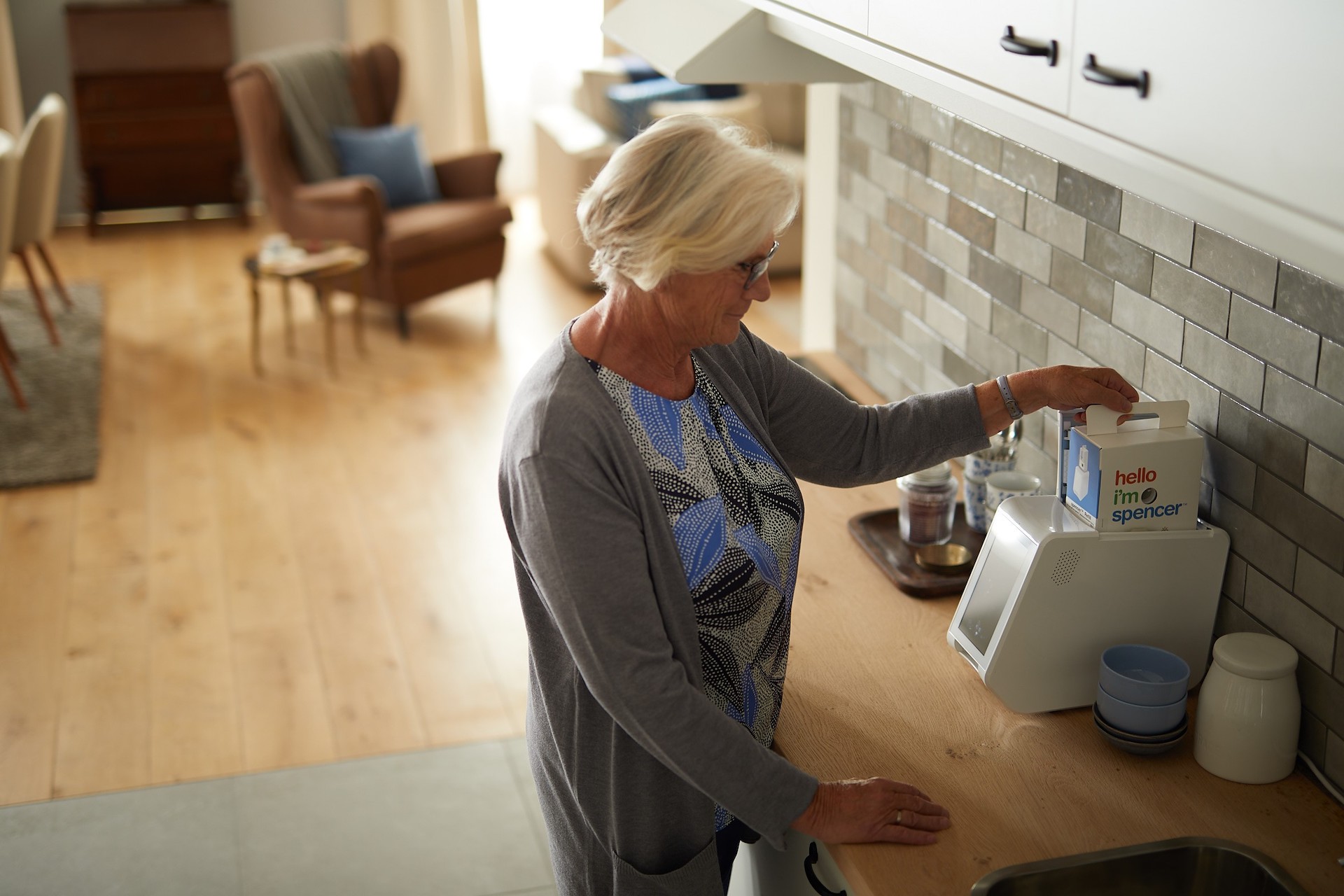By Janna Badalian, Erica Smith, PhD, Spencer Health Solutions

Clinical research is frustrated with high dropout rates, which have tremendous financial and timeline implications for pharmaceutical sponsors. Dropout rate has been estimated to be between 30%-40% across indications, while costs per clinical trial participant exceed $40,000 on average.1,2 In order to address these issues, it’s imperative to better understand your trial participants in their home environment.
Wouldn’t it be great if you could be a fly on the wall when your clinical trial participants:
Remember (or forget) to take their study drug on time?
Express candidly their mood and feelings on a given day?
Show signs of fatigue, frustration, or readiness to drop out of the study?
By collecting direct and indirect feedback from your trial participants outside of the formal clinical site setting – when they’re more willing to be frank – you can glean valuable insights into their experience. Even better if you could collect those insights in real time as they go about their daily life.
However, as evidenced by a comprehensive review of published literature by Planner et al in 2019, measuring participant experience does not appear to be common in clinical trials. Outside of the standard process and outcome measures, very few trials are designed to measure participants’ satisfaction (or lack thereof) with how the trial is conducted and supported. The authors admit that such lack of publications may be due to a significant number of negative experience results.3 Signorell et al (2021) confirm that standard practice and methodology for collecting and analyzing participant feedback is lacking.4
Yet, trial participants’ experience, if collected and analyzed properly, can impact both current and future protocols. The impact of comorbidities; changes in lifestyle; personal relationships; emotional factors may be easily overlooked in designing ePROs or classic endpoint patient surveys (which typically take place at the beginning, the end, and in the middle of a trial) yet can be important indicators of trial satisfaction and even likelihood of completing the trial.5,6 But these data exist, and you simply need a mechanism to monitor these factors in real time.
Spencer Health Solutions can help clinical trial sponsors to supercharge trial participants’ feedback by practically streaming actionable, often prescriptive insights directly from the patient’s nightstand or kitchen counter.
Not only does spencer® physically dispense the study drug into your patient’s hand, but it stays with them as companion and support tool throughout the trial. Through spencer®, your team can:
Ensure medication adherence – we see 97% adherence in our sickest patients!
Collect real-time data and answers – we see >90% response rate with our customizable surveys!
Analyze RWE in real time, watching trends and preventing drop-out.
According to our research, adding spencer® to a clinical trial can yield as much as 5x ROI just by reducing site visits, improving adherence, and reducing the number of trial drop-outs.
Finally, your trial participants will love the ease-of-use and friendly, easy-going demeanor of their “study buddy.” Positive word-of-mouth may just help your next recruitment effort!
References:
- Alexander W. The uphill path to successful clinical trials: keeping patients enrolled. P T. 2013 Apr;38(4):225-7. PMID: 23785228; PMCID: PMC3684189.
- Moore TJ, Zhang H, Anderson G, Alexander GC. Estimated Costs of Pivotal Trials for Novel Therapeutic Agents Approved by the US Food and Drug Administration, 2015-2016. JAMA Intern Med. 2018 Nov 1;178(11):1451-1457. doi: 10.1001/jamainternmed.2018.3931. PMID: 30264133; PMCID: PMC6248200.
- Planner, C., Bower, P., Donnelly, A. et al. Trials need participants but not their feedback? A scoping review of published papers on the measurement of participant experience of taking part in clinical trials. Trials 20, 381 (2019). https://doi.org/10.1186/s13063-019-3444-y
- Signorell, A., Saric, J., Appenzeller-Herzog, C. et al. Methodological approaches for conducting follow-up research with clinical trial participants: a scoping review and expert interviews. Trials 22, 961 (2021). https://doi.org/10.1186/s13063-021-05866-6
- Butterly EW, Hanlon P, Shah ASV, Hannigan LJ, McIntosh E, Lewsey J, et al. (2023) Comorbidity and health-related quality of life in people with a chronic medical condition in randomised clinical trials: An individual participant data meta-analysis. PLoS Med 20(1): e1004154. https://doi.org/10.1371/journal.pmed.1004154
- Flood E, Krasnow A, Orbegoso C, Karantzoulis S, Bailey J, et al. (2023) Using qualitative interviews to identify patient-reported clinical trial endpoints and analyses that are the most meaningful to patients with advanced breast cancer. PLOS ONE 18(1): e0280259. https://doi.org/10.1371/journal.pone.0280259

